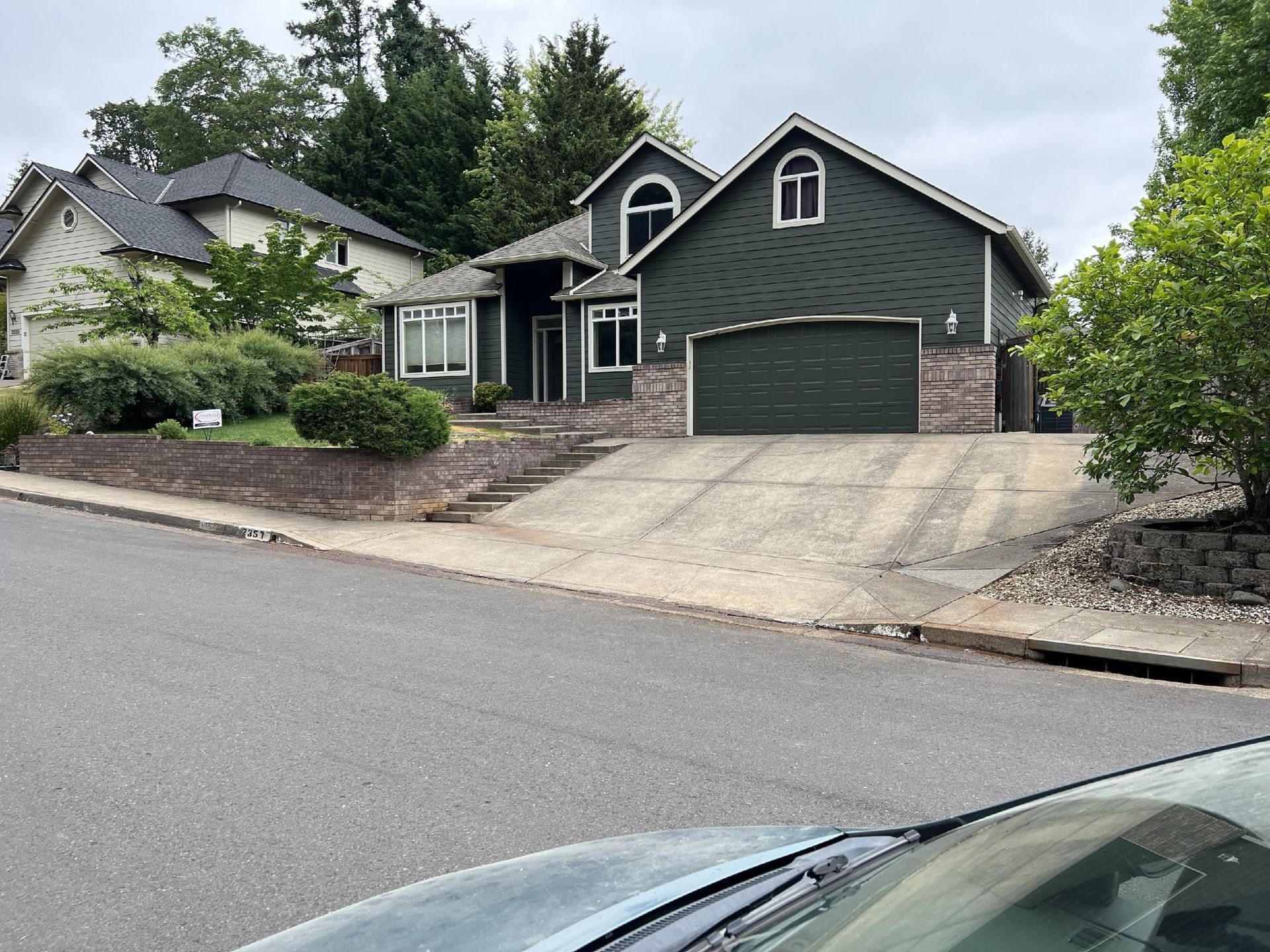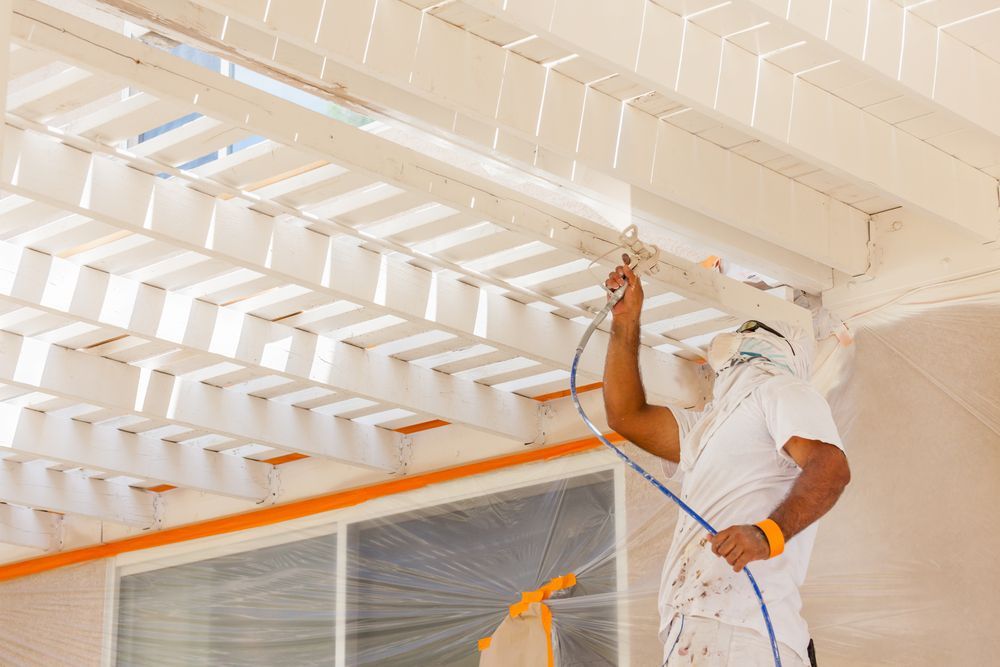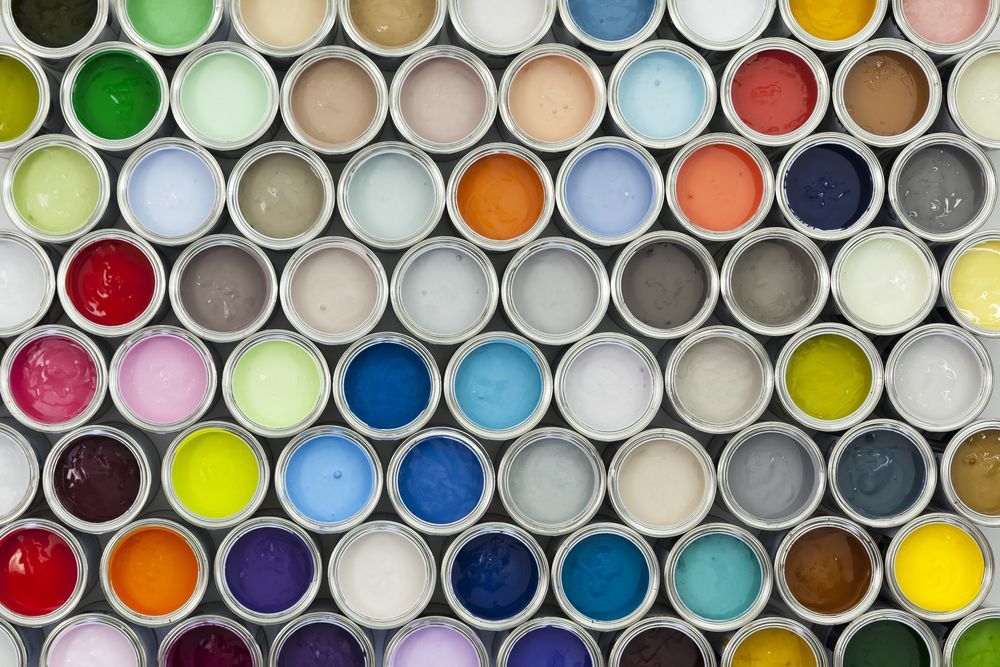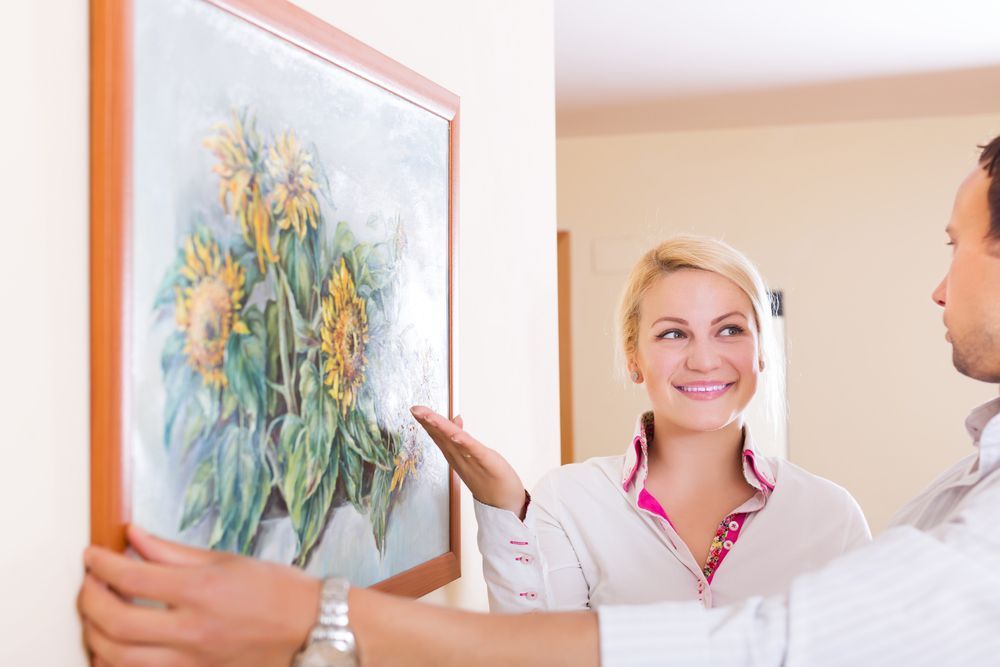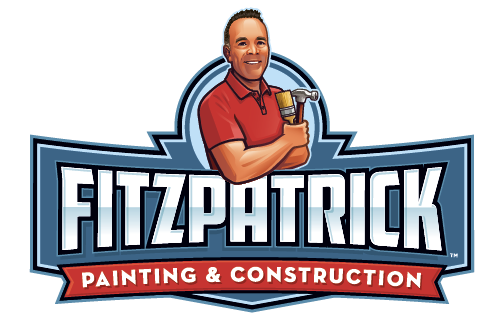The 5 Most Important Things to Know About Interior Painting
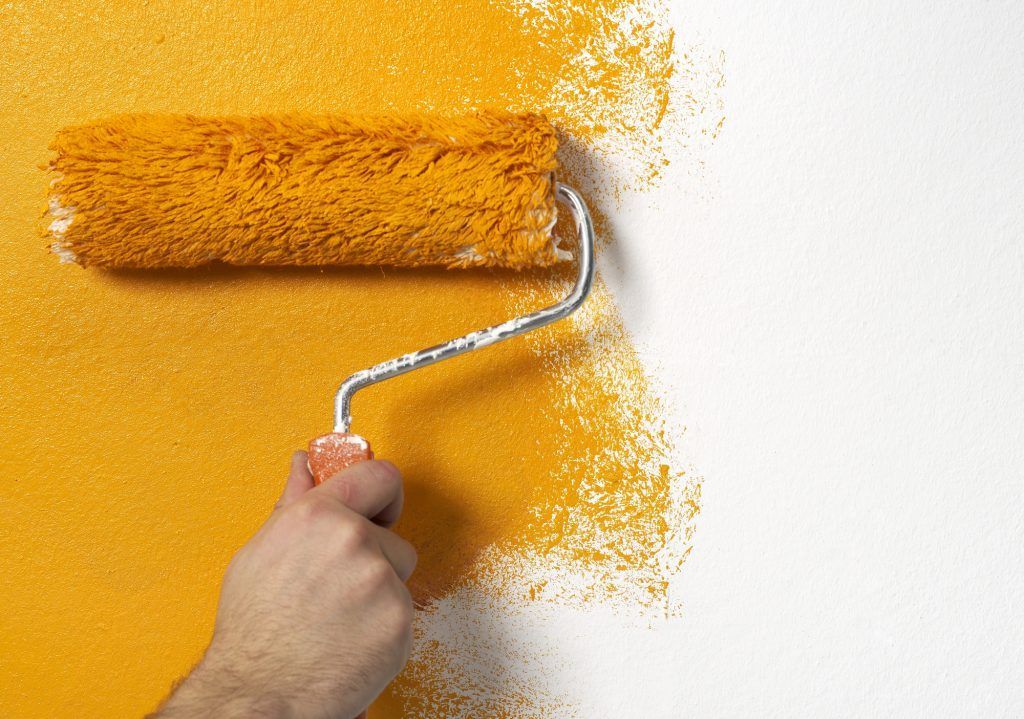
Fewer things will change the character of a room like giving it a fresh coat of paint.
Before you pick up the brush or roller, however, there are a few essential things you need to know about interior painting.
These five tips will help you understand what it takes to be an interior painting professional!
1. Clean the Walls and Room
It may sound like common sense, but you want the room and all the surfaces you intend to paint to be clean before you begin.
You don’t want to paint a wall that’s dirty, dusty, or has cobwebs because the paint may not stick that well to it. Even if the walls of your room look clean, years of dirty particles can build up on the surfaces and can’t be seen with the naked eye.
Give every surface you want to paint a good dusting first, then clean with a sponge, warm water, and mild detergent. Go over with clear water and then allow to dry for at least 24 hours before painting.
Clear the room of all or as much furniture as you can. Thoroughly protect the floors and anything you can’t remove with old sheets or drop cloths. Tape off all areas you don’t want the paint to touch such as window trims and light switches.
Make sure you also pick up essential painting supplies such as a ladder, paint trays, and paint can openers.
2. Don’t Underestimate Priming
Priming the walls is an often overlooked step, but an essential one to guarantee a smooth, even coating. It gives the paint something to grip to and can cut down on the amount of paint you need. Primer is also good to use if you’re planning on painting a lighter color over a dark one.
This step should be done after the walls have been cleaned and allowed to dry, and after you’ve evened out the surface by filling in any cracks or openings. If you’ve applied spackling to any areas, it’s imperative to prime the surface because paint tends to look shiny when applied to the spackling material.
Many paint manufacturers are now making self-priming paints which allow you to skip the priming step and save time. One thing to keep in mind about these products is they tend to be thicker and also pricier than regular paints.
3. Test Paint Samples
Here’s the fun part. Pick up paint samples of a few shades you’re interested in and paint a small square here and there. Try to observe how it looks at different times of the day and if possible, in natural light or when the sun’s rays hit it.
Don’t be afraid of making a mistake when settling on the right shade. Even if you regret your choice later on, all you have to do is choose a new color and paint over the old one.
4. Calculate What You Need
To avoid overspending or having to return to the store to order more paint (a risky move since every mixed can is slightly different) use a paint calculator to determine exactly how many cans you need.
If it’s possible, mix your cans to avoid any slight imperfections that can be caused by two or more cans of the same shade.
5. Apply and Dry Interior Paint Properly
Make sure your brushes and rollers are clean and lint-free. You can use tape to remove any loose fibers that could make its way into your paint.
Use a brush to paint the nooks and crannies that a roller can’t reach such as the corners and baseboard. Then paint the remaining areas with a roller.
How long it takes the paint to dry depends on whether it’s a latex-based or oil-based paint. The former will dry faster, in about four hours, while an oil-based paint needs between six and eight hours to dry.
Whether to use one or two coats is a matter of preference. Some people think two layers provides a smoother, more even finish. If you’ve chosen a color that’s close to what’s currently on the wall, you may be able to get away with one coat.
Interior Painting – Our Services
We specialize in interior painting as well as exterior painting, remodeling, and more. If you’d like some help bringing new life to your home’s inside, contact us for a free estimate.



